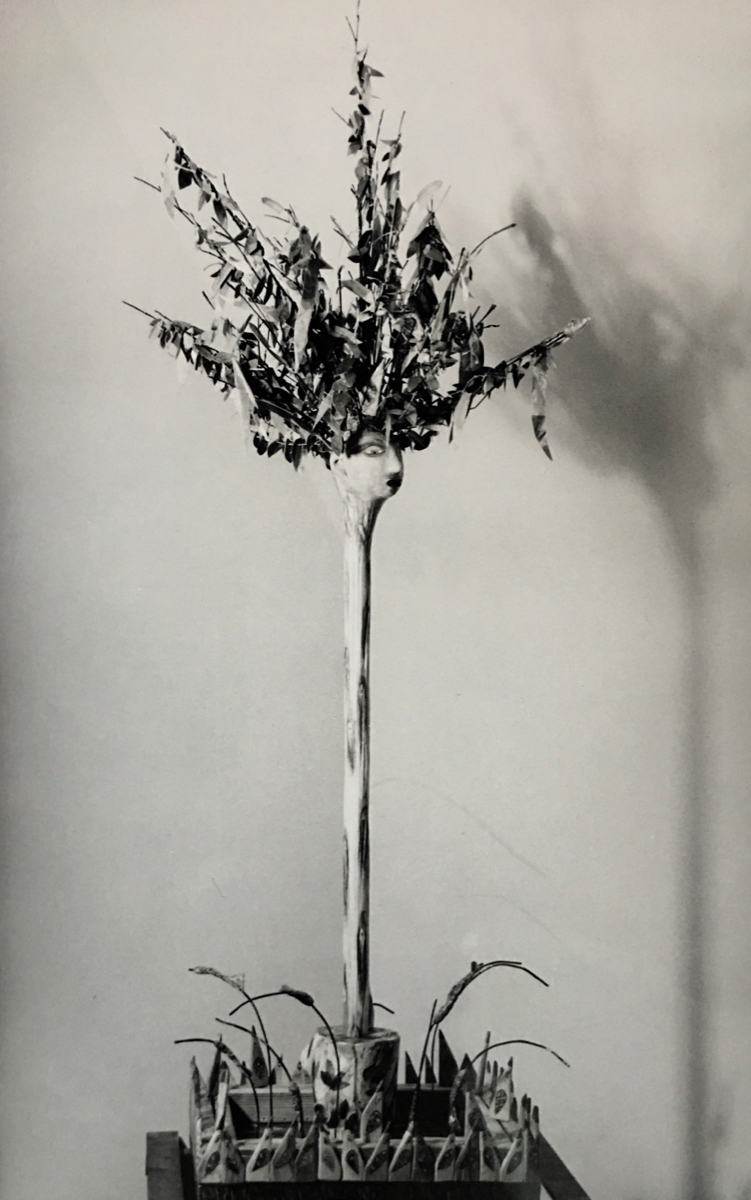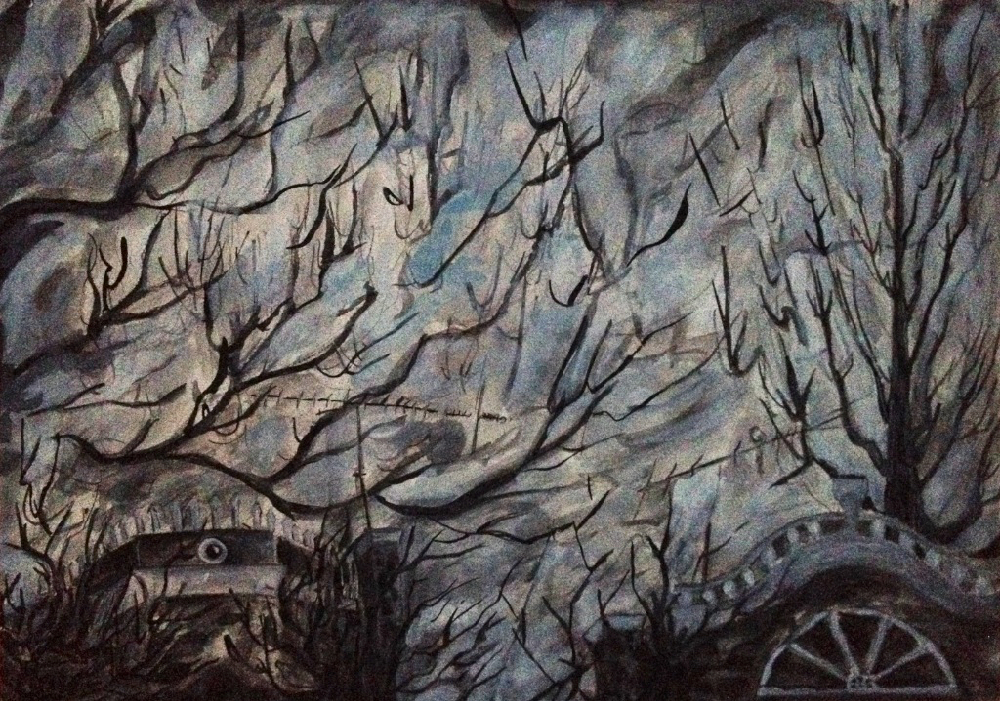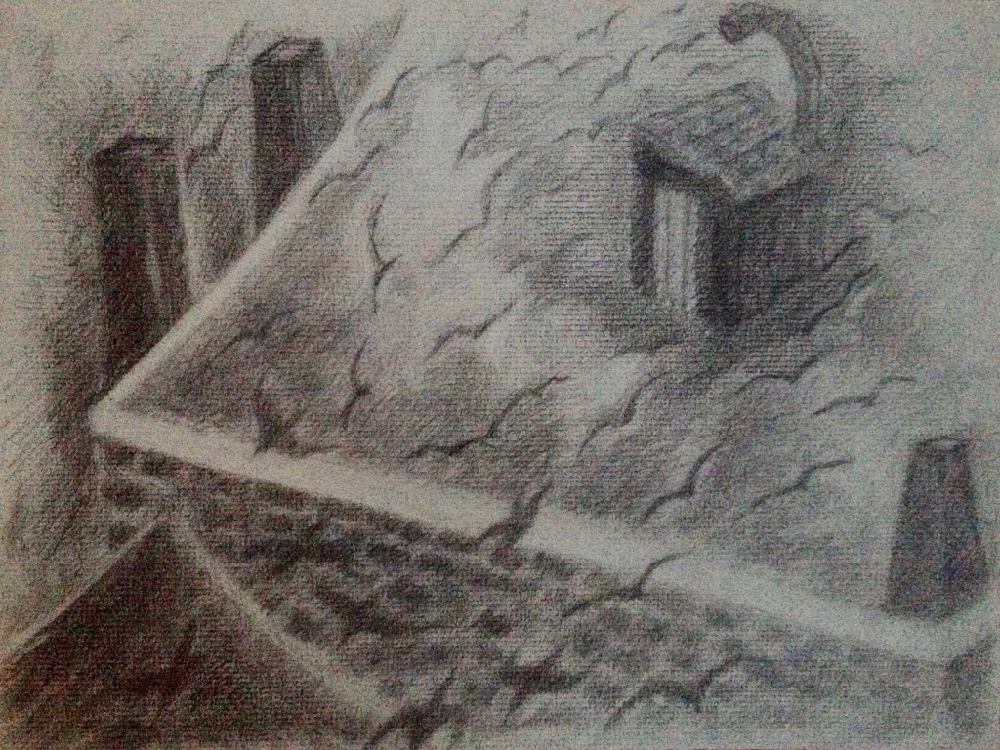“Every day is a journey, and the journey itself is home.” —Matsuo Bashô
When the peaks of our sky come together My house will have a roof. — Paul Éluard
The house is the first image that I can remember drawing obsessively as a 6-year-old child -- it was the stereotypical white square with the pointed roof, and sometimes a central door flanked high on either side with one, multi-paned window. Many children draw this pentangle house even when it has no resemblance to the house in which they live.
But I really did spend the first 18 years of my life in such a house -- a white, stucco bungalow -- the longest amount of time that I have ever spent in any single place. As a very small child, I remember this house as my entire universe in which to imagine and invent other worlds unlike my own. When I started school, house and home were interchangeable words with the same meaning — a place of refuge and security. Then later, like many teenagers, I could not wait to leave it.
I did finally leave this house as my permanent residence when I was twenty, but over the following decades as my childhood receded at an exponential rate, the house as an image remained within me, and I think will probably stay to be rediscovered and recreated. Its significance to my creative process has expanded and contracted according to the needs of specific time in my physical, everyday life.
In my gallery slideshow video, the 30 images are arranged in chronological order over a 35-year period, starting in Princeton, NJ, as a newly fledged artist, to my present place in New Haven, CT. In between those two points were Baltimore, when I became a young mother of two babies, then Fair Haven, NJ, where I walked them to their little primary school, and then BlueBell, PA, where my close-knit family of four individuals each doggedly pursued and developed their own interests.
As I look back on these works of drawings, paintings, and constructions, I remember that some of the earlier house images are almost actual portraits of neighborhood homes, especially in Baltimore, where our first residence was a rowhouse and life was gritty. In a few later works, especially during the last couple of years in Bluebell after our children had fledged for college, the house becomes part of the constellations, with no physical walls.
I do not know what the house of the future will be, but I hope that I can continue to seek it out and live there awhile. For now, it remains a box of infinite possibility.
Vagrant (©2019 LSAuth) Painted Wood cutout mounted on painted wooden panel.

































